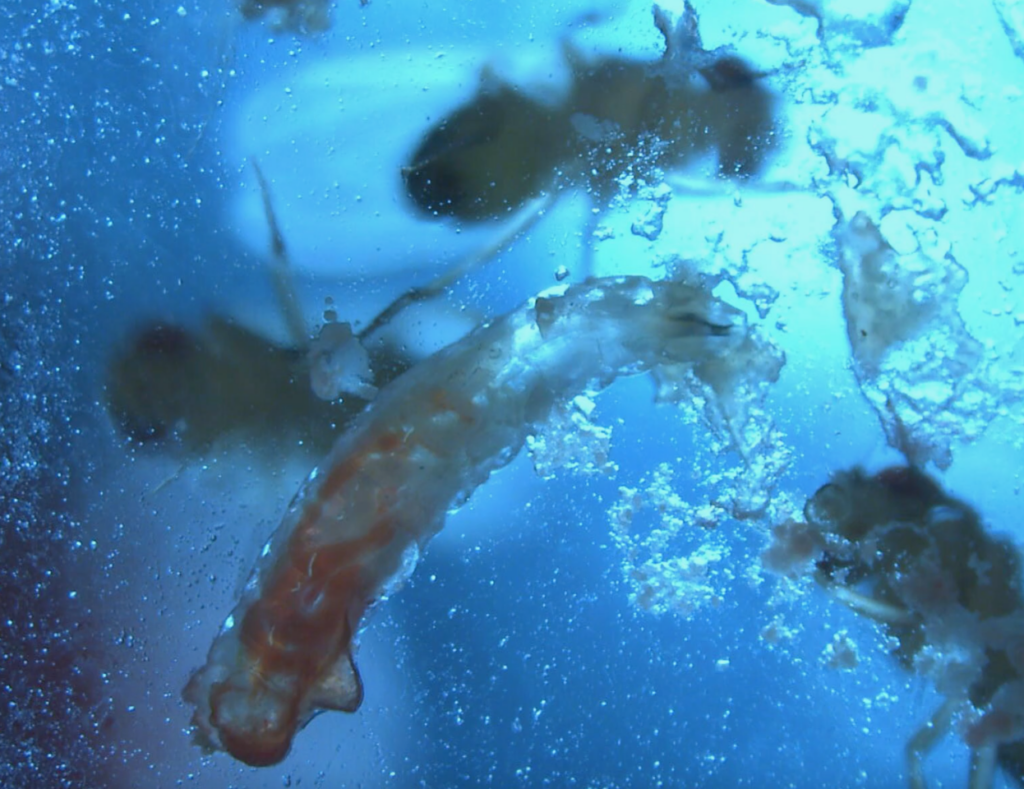
In a recent post, I discussed the components of rearing systems that comprise the ecological niche setting. In that post, I provided a table from my book on rearing systems, and this table included 22 parameters which are present in the insects’ natural ecological niche and which must be provided in the artificial niche. For example, the table includes what I have called the “starter insects’ genetic characteristics” as well as food, waste product accommodations, gas exchange, moisture exchange, light relations, and so on.
In my experience with scores of rearing systems, small and large scale, many of these “niche components” are often neglected or underestimated by rearing personnel. Because most of us who require insects for research or other purposes are concerned only with the practical matter of having the insects available for our purposes, we do not bother to scrutinise the various features of how well our rearing system satisfies the fulfilment of the niche requirements. This is to say, we do not examine the character of the light relations (optimal photo-period, optimal intensity, and optimal light qualities or wavelengths). Likewise, we do not pay much (or any) attention to the microbial profile of our insects; and with few exceptions, we take at face value the microbial relations that are taking place in our insects. If we produce successive generations of Drosophila, for example, to meet our genetics investigations, we do not ask about the microbial profile of the insects’ guts or their environmental microbial associations. If the flies reproduce in their rearing containers, we do not ask if the gas exchange is optimal or if there is a stress imposed on our flies by excessive buildup of CO2 or by O2 deficits. Despite the fact that some researchers such as the VandenBrooks team have shown that O2 deficits can lead to dramatic changes in the respiratory system’s ultrastructure (increased tracheal branching and diameters as well as increased mitochondria associated with hypoxic conditions).
We rearing specialists and users of reared insects too often make the mistake of taking at face value the health and well-being (FITNESS) of our insects. Another way of regarding this fitness is as the QUALITY of our insects, and this is directly associated with the physiological concept of HOMEOSTASIS.
